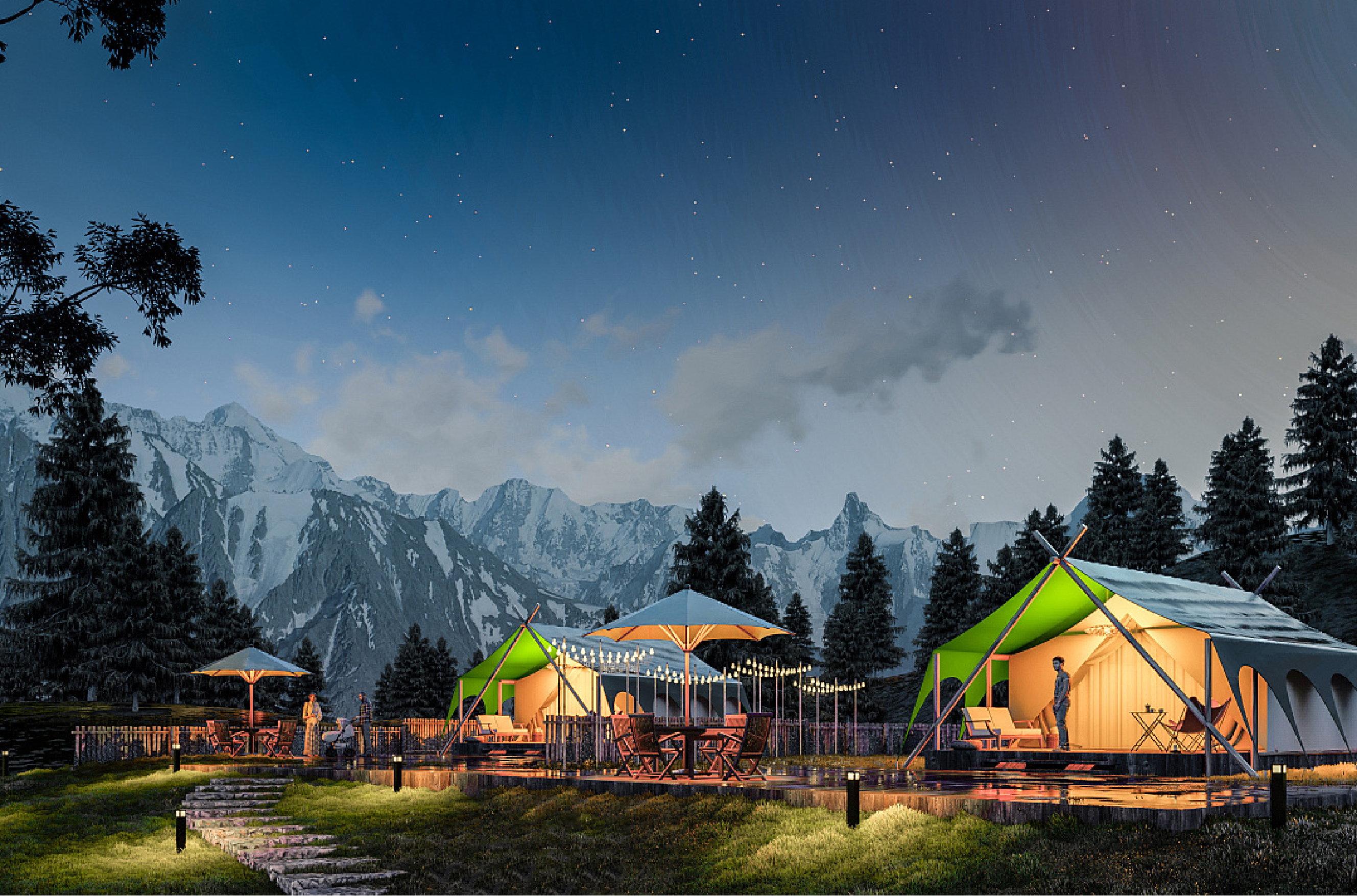Telescopes are one of the most important tools for exploring the unknown world. They allow us to observe distant galaxies, planets, stars and other celestial bodies. Telescopes are also one of the essential tools in outdoor adventures, which can help us better understand the natural world and the universe. This article will introduce the application of telescope in outdoor exploration.
1. Basic uses of telescopes in outdoor exploration
1. Observe celestial bodies
In outdoor exploration, the most common use of telescopes is to observe celestial objects. We can use telescopes to observe the moon, planets, stars, galaxies and other celestial bodies. By observing celestial bodies through telescopes, we can have a deeper understanding of the mysteries of the universe and experience the infinite charm of the universe.
2. Observe animals and plants
In addition to observing celestial bodies, telescopes can also be used to observe animals and plants. Some wild animals are difficult to get close to directly, but a telescope provides a better view without disturbing the animal's life. In addition, looking at plants with a telescope allows better observation of plant details and features.
3. Observe the terrain
Telescopes can also be used to observe terrain, such as mountains, canyons, beaches, etc. Looking at the terrain with a telescope can provide a better understanding of the natural environment, as well as a better route to explore.

2. Which telescope should you choose for your outdoor adventure
In outdoor adventures, you should choose the right telescope to meet different observation needs. Here are a few common types of outdoor adventure telescopes:
Pocket binoculars: Pocket binoculars are one of the lightest telescopes and are light enough to carry around with you. This type of telescope usually has a magnification of no more than 10 times and is suitable for observing close-up objects, such as wildlife and plants.
Foldable telescopes: Foldable telescopes are larger than pocket telescopes, usually up to 10 times magnification, but they are also relatively light. This kind of telescope is suitable for looking at distant objects, such as mountains, canyons, etc.
Astronomical telescope: Astronomical telescopes are generally large and suitable for observing celestial bodies. They usually have high magnification, allowing observation of distant galaxies and planets. Astronomical telescopes need supports to keep them stable, so they are not very suitable for carrying.
Shotgun binoculars: Shotgun binoculars are usually used to hunt or observe wildlife. They usually have high magnification and can be observed at great distances. Shotgun binoculars require mounts to keep them stable, making them less suitable to carry.
In conclusion, when choosing a telescope, one should consider the object and distance to observe, and choose the right type of telescope. Lightweight and easy to carry pocket and folding telescopes may be more suitable for long periods of time. If you are mainly looking at celestial bodies, you need to use an astronomical telescope. If you're looking at wildlife or need high magnification, consider using a shotgun telescope.
3. APEXEL Waterproof ED12X50 monoculars recommended

APEXEL Waterproof ED 12X50 Monoculars are a high-quality telescope perfect for outdoor adventure activities. Here are some reasons to recommend it:
Water Resistance: APEXEL Waterproof ED 12X50 monoculars are designed to be waterproof and can be used in the rain, perfect for outdoor activities.
ED glass: The telescope uses ED glass to reduce chromatic aberration and improve visual clarity and color restoration. This makes it excellent at observing wildlife, plants and landscapes.
12X magnification: 12X magnification allows the telescope to view distant objects, such as mountains and canyons.
50mm objective lens diameter: Large aperture objective lens can improve the transmittance, increase the brightness and clarity of the image, making the observation more comfortable.
Lightweight design: The telescope has a lightweight design and weighs only 590g, making it easy to carry and use.
All in all, the APEXEL Waterproof ED 12X50 monoculars are a powerful telescope suitable for outdoor adventure activities. Its water resistance, ED glass, 12x magnification, 50mm objective diameter and lightweight design make it an excellent choice.


Share:
7 Reasons to use a tripod in 2023
2024 Total Solar Eclipse in the US: Your Guide for Better Observation